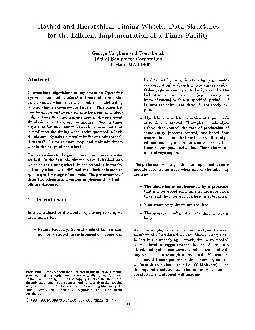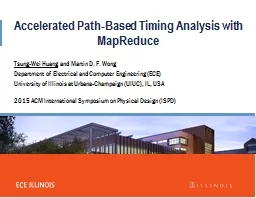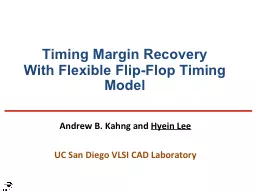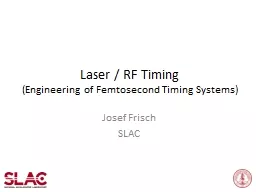PDF-and Hierarchical Timing Wheels: Data Structures for the Efficient Impl
Author : stefany-barnette | Published Date : 2015-08-05
Varghese and Tony Lauck Digital Equipment Corporation Littleton MA 01460 algorithms to implement an Operating System timer module take to start or main rain a timer
Presentation Embed Code
Download Presentation
Download Presentation The PPT/PDF document "and Hierarchical Timing Wheels: Data Str..." is the property of its rightful owner. Permission is granted to download and print the materials on this website for personal, non-commercial use only, and to display it on your personal computer provided you do not modify the materials and that you retain all copyright notices contained in the materials. By downloading content from our website, you accept the terms of this agreement.
and Hierarchical Timing Wheels: Data Structures for the Efficient Impl: Transcript
Download Rules Of Document
"and Hierarchical Timing Wheels: Data Structures for the Efficient Impl"The content belongs to its owner. You may download and print it for personal use, without modification, and keep all copyright notices. By downloading, you agree to these terms.
Related Documents














